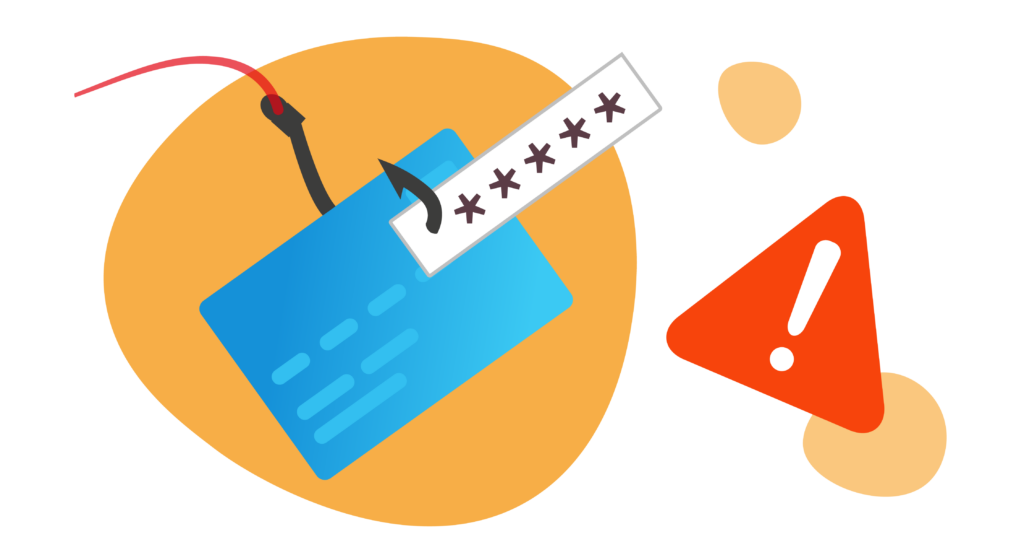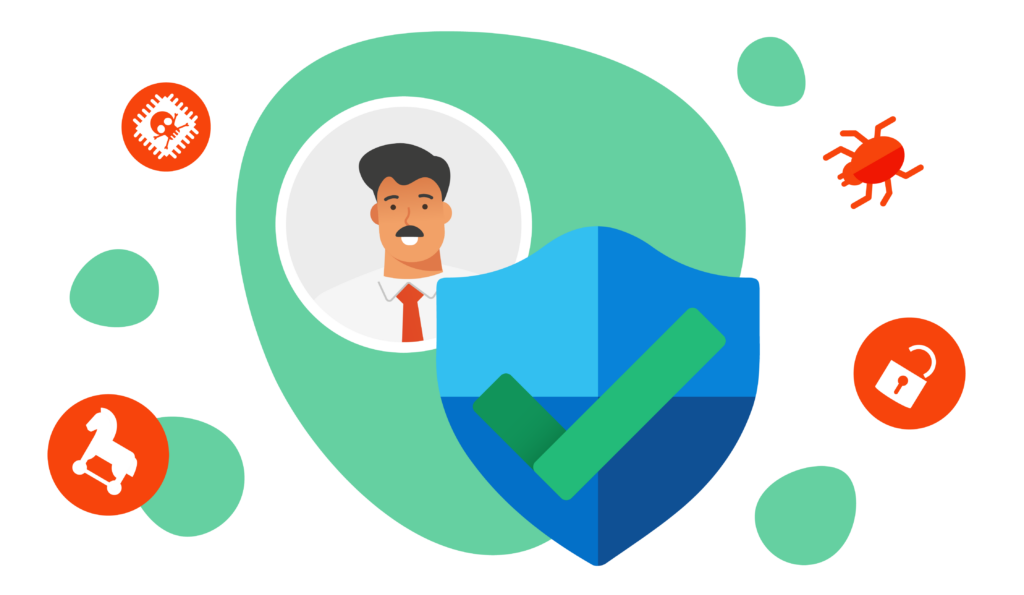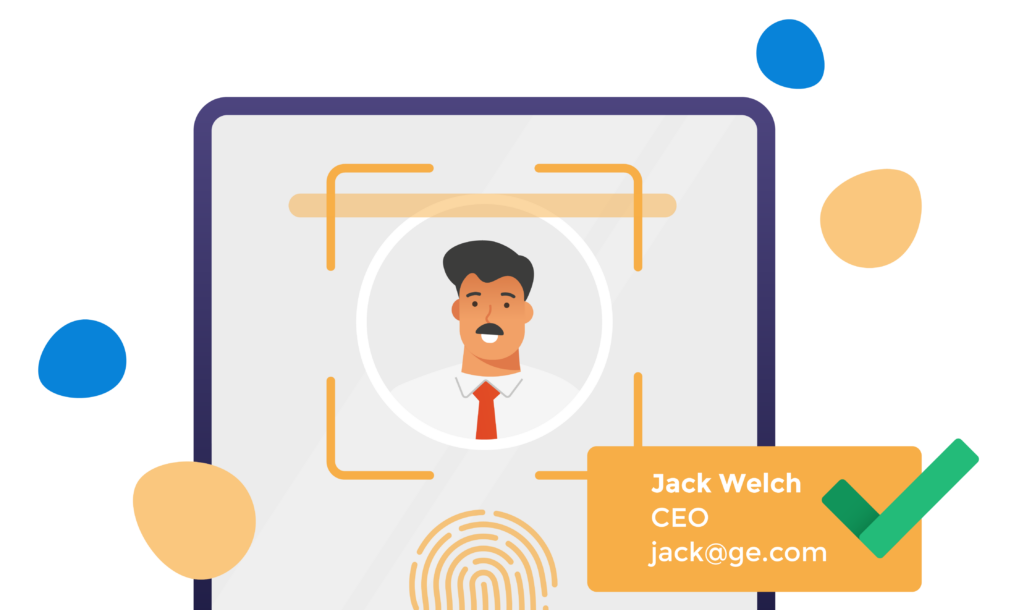
As the internet becomes more widely available, more people use it, providing the perfect environment for hackers.
According to PwC's Global Economic Crime and Fraud Survey 2022, 46% of surveyed organizations reported experiencing fraud, corruption, or other economic crimes in the last 24 months.
These statistics might help you grasp how serious the situation is right now.
Not defending your business from such attacks can cause severe financial and legal implications, as well as a damaged reputation and eventual collapse.
Continue reading if you want to learn how to safeguard your company. We'll go through the top nine tips for protecting your online clients against fraud in this post.
What are the most common fraud types?
Before learning how to protect your online consumers from hacker attacks, it's a good idea to learn about the many forms of fraud that exist and what steps you can take to detect and defend your company from each of them.

The most prevalent and recurring fraud types are shown below.
Transaction fraud
When an unauthorized transaction is performed with a stolen payment card or data, it is known as transaction fraud.
Credit and debit card fraud
Any fraud involving a payment card, such as a debit or credit card, is referred to as credit card fraud. Criminals can use this strategy to purchase products or services or to move cash to an account that they control directly.
Invoice fraud
Fraudulent invoices are usually submitted when a supplier (who may or may not be a genuine one) issues a false or inflated invoice for goods or services. Some fraudsters impersonate a genuine supplier in order to request changes in bank account information, so future payments can be diverted to their own account.
Embezzlement
The act of embezzlement occurs when an employee or someone else in a position of trust steals money from your company. This money or other assets is then used to benefit them personally.
Embezzlement is a type of white-collar crime that involves stealing money from bank accounts, forging checks, or payroll fraud.
Corporate identity fraud
Corporate identity fraud occurs when criminals mimic genuine businesses in order to get products, money, or services by utilizing forged or stolen credentials and/or financial information. To impersonate a company, phishing emails, fake websites, and fake invoices can all be employed.
Employee fraud
Employee fraud occurs when workers steal, manipulate, or destroy company data (such as customer information) or assets (such as computer software or physical assets) for personal benefit.
Why do you need to implement measures against fraud?
There are several reasons that explain why you should put in place strong precautions against fraud attacks. Here are listed some of the most relevant ones.

Avoid legal and financial consequences
One of the most compelling reasons for employing fraud-prevention measures is to avoid legal and financial penalties and losses.
When these occurrences occur, you may face legal implications in addition to having to refund costs to consumers, as it may involve sensitive data.
As you can expect, such repercussions might have a significant impact on your company's finances and image, and depending on the circumstances, could even lead to its demise.
Instill in consumers a sense of trustworthiness and professionalism
When you take all of the required steps to safeguard your online clients and make them aware of them by making them public, you'll establish a trusting connection with them, and they'll be more eager to buy from you.
Attract investors and partners for your business
If other companies and investors recognize the fraud-prevention measures you've put in place, they'll be more eager to invest in your company or purpose collaborations, giving you greater exposure and expansion chances.
9 Tips to protect your online customers from fraud
Now that you've learned about the many types of fraud and why they're so crucial to avoid, it's time to look at the best ways to do so.
Here we’ve listed the top nine tips to protect your online customers from fraud.

1. Secure your digital onboarding processes
Digital onboarding is the process through which firms incorporate or recruit new users online. Because it is digital, it can take place on websites or in apps, but not in-branch or on-premise.
Historically, financial institutions were the only organizations that were required to verify people's identities, since failing to do so put them in danger of lending money to criminals who used fake or stolen data and then vanished without repaying.
Hackers are becoming more polished and capable of hacking digital products as more organizations build an online presence, and businesses must safeguard themselves against such potential threats.
As a result, it's critical to establish a secure digital onboarding process and take all required efforts to ensure that users are who they say they are (e.g., email link verification, multi-factor authentication, etc.).
2. Separate employee duties and limit file access
You may be tempted to transfer sensitive information from one department to another or to manage and share user data internally, especially if you work for or control a large, structured company.
It may be a necessary step for operational matters, but it might also be harmful. In reality, some of this information may be lost during distribution and fall into the wrong hands.
As a result, you should avoid this by designating only a department or a few employees to be in charge of processing user data and so avoiding sharing. Furthermore, only certain individuals should have access to such information.
3. Use secure payment methods
Users frequently choose online payment options when buying from an online business. Ignoring the fact that it is one of the most convenient and quick ways to make purchases, internet payments involve sensitive information such as credit card numbers and personal information.
As a result, there's a chance that this information will be exposed to hackers.
To avoid this, always pick and offer safe and efficient payment solutions, such as PayPal, available to clients.
4. Enable multi-factor authentication
Hackers and spammers frequently construct fake profiles in order to carry out malicious objectives.
Many businesses have implemented new authentication mechanisms to prohibit and prevent these people from accessing their platforms.
Multi-factor authentication is an example. To get access or complete a registration, this procedure causes the usage of multiple devices or platforms. For example, after entering their email and password, users must either authenticate their identity by entering a code obtained by SMS or email or clicking on a link sent via email.
5. Secure your network
Another strategy to keep your online consumers safe from scams is to secure your network.
You need to secure your business network so unauthorized people can't connect and possibly access your files or spy on Internet traffic to capture and hijack your online accounts.
For administrative accounts, for example, you may want to change default passwords and use longer, stronger, and unique passwords, as well as update all of the apps or software you use to help your business run.
6. Protect your business from email scams and phishing
Cybercriminals continue to profit handsomely from phishing attacks. With emails that may appear quite convincing and legitimate, cybercriminals have gotten more skilled.
As a result, you must be cautious with any link or file. Unless the context of an email makes it apparent that the link or attachment is secure, and you expect the email, presume that clicking on it will get you into trouble.
It's also critical to train your employees on the need for phishing awareness and to warn them of the risks of clicking on the incorrect things.
7. Audit your accounts regularly
Regularly checking your accounts and statements is an excellent approach to guard against fraud and accounting problems. Non-scheduled audits of your complete organization on a regular basis can also aid in the detection of fraud, particularly in high-risk sectors.
8. Use fraud prevention tools
If you believe you will be unable to safeguard your company from possible fraud manually, you should consider employing fraud protection software.
These will automate a number of daily activities, ensuring that everything runs smoothly and safely.
9. Use spam filters
The use of a spam filter is another way to safeguard your organization. These will automatically separate the clean information from the spam, as well as ensure that only secure data, comments, and people enter.
Conclusions
Cybercriminals evolve at the same rate as technology. As a result, organizations must develop ways to safeguard themselves and their customers.
As this blog post has shown, safeguarding your online business has several advantages, including improved brand reputation and client loyalty.
We have included nine of the top fraud-prevention tips for your online consumers. Implementing them will help you manage your business more efficiently.
Thank you for taking the time to read this blog post. Hopefully, you found it helpful.
If you want to read more, please check out this article about personal data protection or what should we worry about and protect from.
Author
Flavia Silipo is a skilled SEO copywriter and digital marketing specialist with over two years of experience. You can find her on LinkedIn










